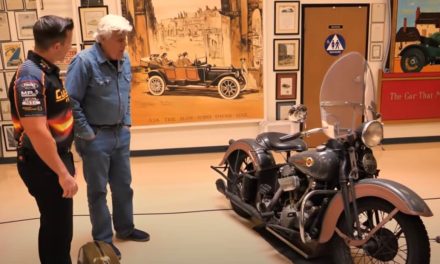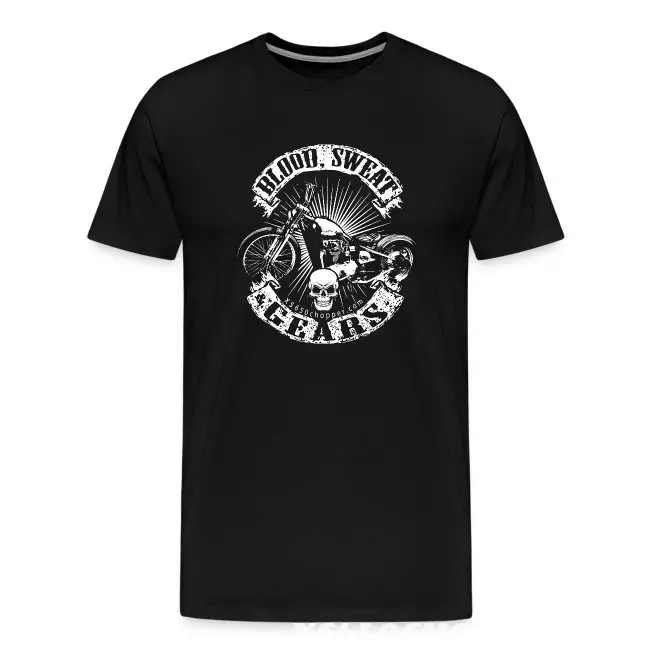Riding a motorcycle can be one of the most exhilarating experiences of your life. The feeling of freedom, the wind in your hair, and the open road ahead of you can make you feel alive like nothing else. However, when you first start out, there are some things that can be scary.
1. The Sensation of Speed

Riding a motorcycle for the first time can be an exhilarating experience. One of the most exciting aspects of riding is the sensation of speed. However, for many new riders, this can also be one of the scariest things to get used to. In this section, we’ll discuss how to adjust to velocity and respect speed limits.
Adjusting to Velocity
When you first start riding a motorcycle, the sensation of speed can be overwhelming. Everything is passing by so quickly, and it can be difficult to get used to the feeling of wind rushing past you. To help adjust to velocity, it’s important to start out slow and gradually work your way up to higher speeds.
Before you hit the road, take some time to practice in a safe, open space. Start by riding at a slow pace and gradually increase your speed as you become more comfortable. This will help you get used to the sensation of speed and allow you to build up your confidence.
Respecting Speed Limits
While it can be tempting to push the limits and see how fast your motorcycle can go, it’s important to always respect speed limits. Speed limits are put in place to keep you and other drivers safe, and exceeding them can be dangerous and lead to accidents.
When you’re first starting out, it’s important to stick to the speed limit and avoid going too fast. As you become more experienced, you can gradually increase your speed, but always stay within the legal limits.
Remember, safety should always be your top priority when riding a motorcycle. By adjusting to velocity and respecting speed limits, you can enjoy the sensation of speed while staying safe on the road.
2. Navigating Traffic
Navigating traffic can be one of the scariest things when you first ride a motorcycle. However, it can be made easier by following a few simple rules.
Staying Visible
One of the most important things to remember when navigating traffic is to stay visible. Wear bright or reflective clothing and use your headlights, even during the day. This will make you more visible to other drivers, especially in low-light conditions.
Another way to stay visible is to position yourself in the lane where other drivers can see you. Stay out of blind spots and avoid riding too close to other vehicles. This will give you more time to react if something unexpected happens.
Interpreting Road Signs
Interpreting road signs is another important aspect of navigating traffic. Make sure you know what each sign means and how it affects your riding. For example, a yellow diamond-shaped sign with black letters indicates a warning, such as a sharp turn or a steep hill.
A white rectangular sign with black letters indicates a regulatory sign, such as a speed limit or a no passing zone. Make sure you follow these signs closely, as they are there for your safety as well as the safety of others on the road.
By staying visible and interpreting road signs correctly, you can navigate traffic safely and confidently on your motorcycle.
3. Handling the Motorcycle

When you first start riding a motorcycle, handling it can be a bit daunting. However, with practice and patience, you can master the controls and maintain balance.
Mastering the Controls
To handle your motorcycle properly, you need to master the controls. The controls include the throttle, clutch, brakes, and gears. It’s important to know how to use these controls effectively to ride safely.
The throttle controls the speed of the motorcycle. You should use it smoothly and gradually to avoid any sudden movements. The clutch is used to engage and disengage the engine from the transmission. You should use it to change gears and control the speed of the motorcycle.
The brakes are essential to stop the motorcycle. You should use both the front and rear brakes together for maximum stopping power. Finally, the gears are used to control the speed and power of the motorcycle. You should shift gears smoothly and at the right time to avoid any jerky movements.
Maintaining Balance
Maintaining balance is crucial when riding a motorcycle. You need to keep the motorcycle upright and stable to ride safely. To maintain balance, you should keep your body relaxed and centered over the motorcycle. Your feet should be on the footpegs, and your hands should be on the handlebars.
It’s also important to look where you want to go. Your eyes should be focused on the road ahead, not on the motorcycle or the ground. This will help you anticipate any obstacles or turns and adjust your speed and position accordingly.
In conclusion, handling a motorcycle can be challenging at first, but with practice and patience, you can master the controls and maintain balance. Remember to stay relaxed, keep your eyes on the road, and use the controls effectively to ride safely.
4. Weather and Environmental Factors
When you first start riding a motorcycle, you will quickly learn that weather and environmental factors can have a big impact on your ride. Here are a few things to keep in mind:
Riding in the Rain
Riding in the rain can be a scary experience for new riders. The roads can be slick, and visibility can be reduced. Here are a few tips to help you stay safe:
- Slow down: Reduce your speed and leave extra space between you and other vehicles.
- Use your brakes carefully: Don’t slam on the brakes, as this can cause your wheels to lock up and lead to a skid.
- Wear appropriate gear: Make sure you have a rain suit and waterproof boots to keep you dry.
Dealing with Wind
Wind can be another challenge for new riders. Strong gusts can push you around on the road, making it difficult to maintain your balance. Here are a few tips to help you deal with wind:
- Keep a firm grip on the handlebars: Use both hands to grip the handlebars firmly to maintain control of your motorcycle.
- Lean into the wind: If you encounter a strong gust of wind, lean into it to maintain your balance.
- Reduce your speed: If the wind is too strong, reduce your speed and pull over to a safe location until the wind dies down.
5. Road Surface Challenges

When you first start riding a motorcycle, one of the most challenging aspects is navigating different road surfaces. Here are some tips to help you handle road surface challenges:
Avoiding Potholes
Potholes can be dangerous for a motorcycle rider. They can cause damage to your bike and even throw you off balance. To avoid potholes, keep an eye out for any irregularities in the road surface. If you see a pothole ahead, slow down and try to steer around it. If you can’t avoid it, slow down as much as possible and try to ride over it at a 90-degree angle.
Handling Gravel and Sand
Gravel and sand can be tricky to navigate on a motorcycle. They can cause your bike to slide or lose traction. To handle gravel and sand, keep your speed low and your bike upright. Avoid sudden movements and try to maintain a steady speed. If you need to stop, apply both brakes evenly and gently. Remember to keep your eyes focused on where you want to go, not on the gravel or sand in front of you.









